Pahal Solar has commenced construction of its new manufacturing complex in Surat, following the recent Bhoomi Poojan ceremony. The facility will feature a 2 GW TOPCon solar cell manufacturing unit and a 2 GW aluminium frame production unit.
The upcoming facilities will incorporate AI-based precision and analytics systems to enhance manufacturing efficiency, consistency, and product quality.
Currently, Pahal Solar operates with an installed capacity of 2.4 GW for solar module production and 2 GW for ribbon and busbar manufacturing. The company is now upgrading its infrastructure to increase its total installed capacity to 4.4 GW within the ongoing financial year.
Paresh Shingala, chairman and founder of Pahal Solar, said, “This investment not only strengthens our manufacturing capabilities but also demonstrates our long-term confidence in India’s renewable future and our commitment to making the nation a global hub for solar innovation.”
The new 2 GW solar cell and 2 GW aluminium frame manufacturing units are expected to be fully commissioned by late 2026.
This content is protected by copyright and may not be reused. If you want to cooperate with us and would like to reuse some of our content, please contact: editors@pv-magazine.com.
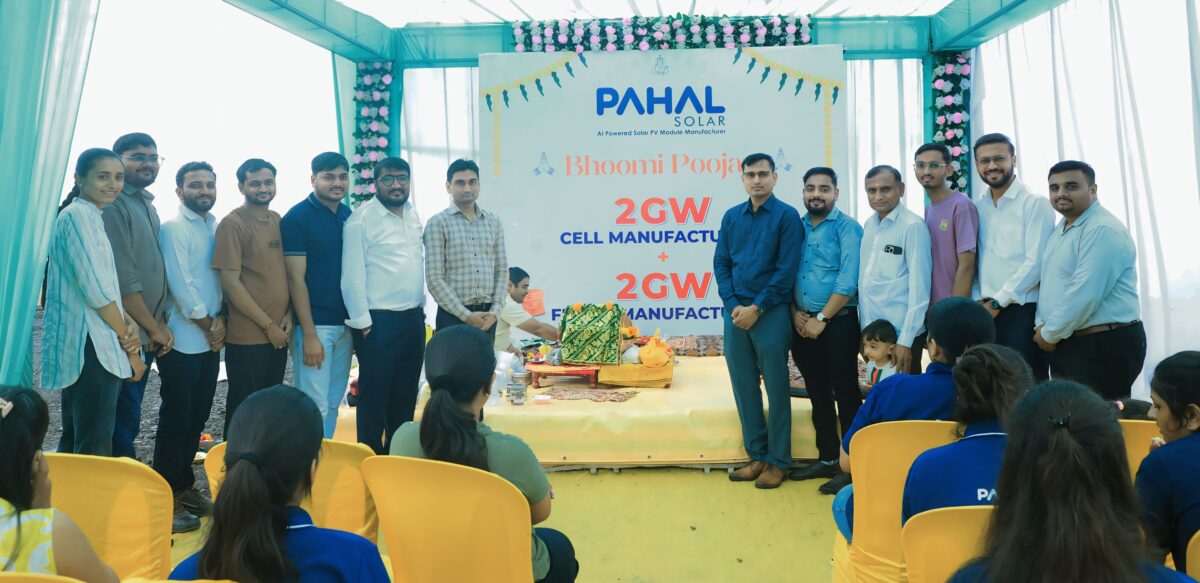



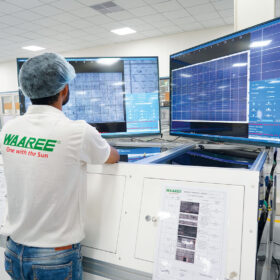
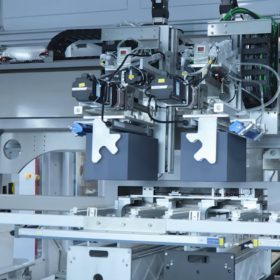
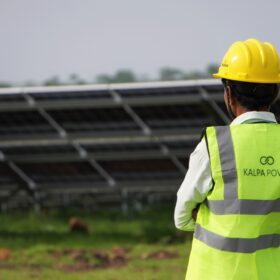
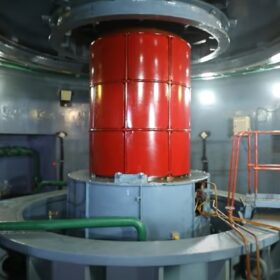
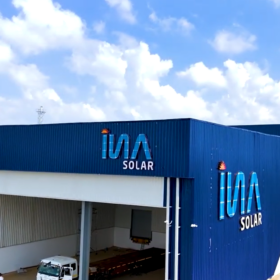
By submitting this form you agree to pv magazine using your data for the purposes of publishing your comment.
Your personal data will only be disclosed or otherwise transmitted to third parties for the purposes of spam filtering or if this is necessary for technical maintenance of the website. Any other transfer to third parties will not take place unless this is justified on the basis of applicable data protection regulations or if pv magazine is legally obliged to do so.
You may revoke this consent at any time with effect for the future, in which case your personal data will be deleted immediately. Otherwise, your data will be deleted if pv magazine has processed your request or the purpose of data storage is fulfilled.
Further information on data privacy can be found in our Data Protection Policy.